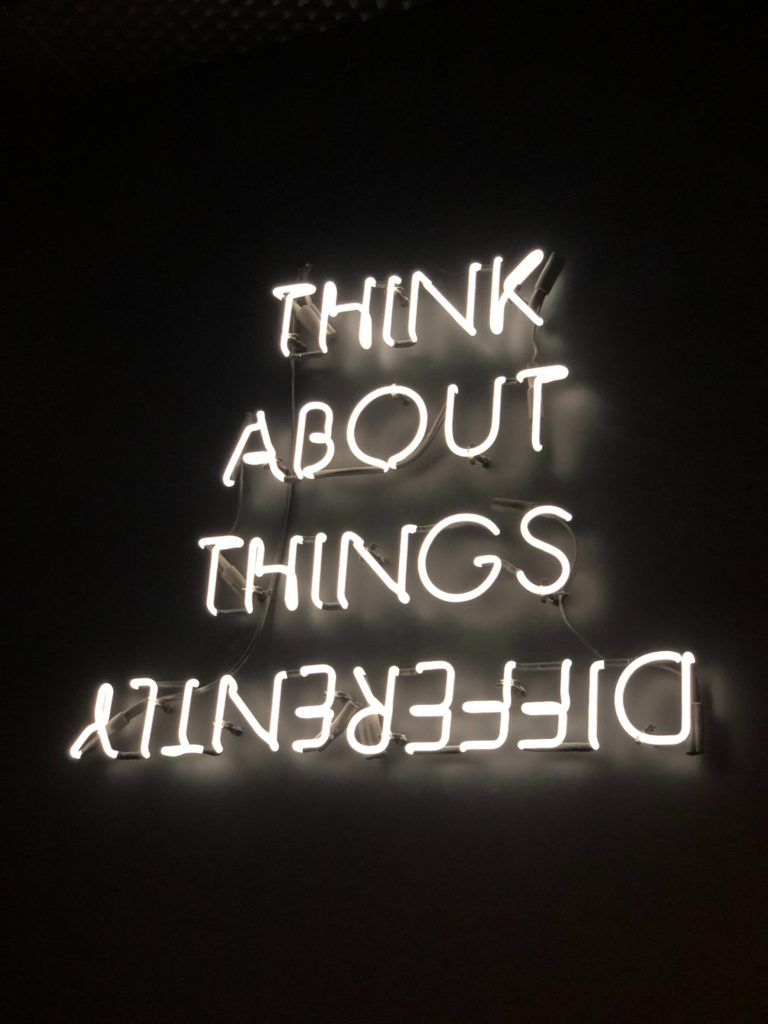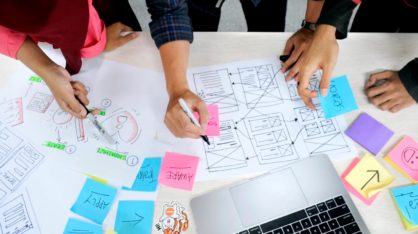While it is widely acknowledged that creativity and innovation are vital to industry and business life, higher education institutions (HEIs) do not always include creativity techniques in their curricula. The ‘’Standards for implementing programmes aimed at discovering and developing creativity, pioneering in pursuit of innovation’’ project, known by the acronym innCREA, aims to transfer, adapt and implement an integrated training programme package (material and methodologies) for teaching creativity and pioneering in pursuit of innovation that will develop HE students´ soft skills and, at the same time, help to diminish the gap between skills in demand in the labour market and skills offered in HE courses. InnCREA´s training package will provide practical guidance and systematic approaches to integrate creativity processes into HEI educational and training frameworks. InnCREA is an EU-funded, Erasmus+ Programme project, which began on 1.12.2020 and will be completed 30.11.2022.
As desk research, the project´s Finnish partner, Muova, collected examples of both general creativity techniques and creativity initiatives at HEIs in Finland. As the project moves forward, desk research from all project partners will be utilized to create intellectual outputs. The creativity techniques that Muova researched are already used in many countries and can be transfered effectively to various HEI environments. Some of the techniques such as negative brainstorming, lotus blossom and ‘’do nothing’’, may become a source of inspiration for techniques to be developed for the innCREA Creativity and Pioneering Training Programme Package, which will be created later in the project.
For more information, please visit the project website: https://inn-crea.eu/.
While the creativity techniques themselves offer practical, universal methods that may be incorporated into creativity, innovation and pioneering methodologies for HEI curricula, each innCREA project partner has also chosen to highlight several good practice examples from HEIs in their own countries. One way that universities stimulate creativity is by bringing together multi-disciplinary teams. Muova collected examples of such practices from three Finnish HEIs: University of Eastern Finland, University of Turku and Aalto University.

Good practices in Finland
The LUMO research group, University of Turku, Pori Unit,
The LUMO research group is a multi-disciplinary group of scholars from widely diverse disciplines such as ‘’Management and Organisation’’ and ‘’Cultural Production and Landscape Studies’’.
Group members publish scholarly articles, books and a blog. Many articles are published in English. The blog is currently only written in Finnish. The LUMO research group focuses on knowledge-intensive organisations and knowledge-intensive work, especially from the perspectives of creativity and motivation.
The LUMO group collaborates at both national and international levels. The aim of the group is to promote group members’ research and scientific publications, as well as cooperation and the exchange of ideas between members by, for example, organising joint research seminars, applying for joint funding, collecting data, and writing joint research papers. Through cooperation, members’ research projects provide different perspectives and cross-pollination of ideas.
https://www.utu.fi/en/yliopisto/turun-kauppakorkeakoulu/porin-yksikko/tutkimus/lumo
Crossroad collective: Social and cultural research on education and (working) life research group (CROSE) at University of Eastern Finland
CROSE “is a multi- and interdisciplinary collective that brings together scholars from social sciences, educational sciences and humanities.“
CROSE research “attempt[s] to make visible and challenge normative assumptions about gender, age, class, sexuality, ethnicity, nationality, ability, learning, behaviour and employability in the contexts of education, working life and welfare services. [They] apply and develop methods to think critically about ableist, racializing, gendering or colonizing policies and practices. [Their] members have expertise in, for example, ethnography, discourse analytic and narrative approaches, and intersectionality.
Research themes of the collective relate to social and cultural ideals of citizenship; everyday life of youth living in urban/rural regions; digitalization; urban and rural education; gender, age and class as lived and experienced; various forms of marginalization in education and working life […]; intersectionality in career counselling as well as diverse forms of activism’’.
“The mission of the collective is to: develop novel research ideas, creative methodologies, and empirically grounded theoretical considerations; provide an inspiring and supportive network for researchers in all career phases; provide high quality supervision and mentoring for graduate students; develop intersectional and accessible university pedagogy”. The mission fundamentally includes students as scholars and mentees and states an aim to develop creative methodologies.
Radical Creativity, Aalto University
Creativity was chosen as one of three cross-cutting approaches in Aalto’s “living strategy” along with sustainability and an entrepreneurial mindset. Radical creativity is an initiative with which Aalto intends to make a strong international impact and act as a trailblazer. Radical creativity is seen as an important way to innovate, collaborate, and ensure a sustainable future. The initiative is intended to cut across all disciplines and all areas of the university.
In the many articles linked from the Radical Creativity webpage, scholars define radical creativity and options for its employment in a number of ways. Examples include: posing “what if” questions; supporting learning from exploration, experimentation and failure; employing new solutions and new ways of working together to address complex systemic problems, such as the climate crisis, social exclusion, inequality or threats to democracy; learning to operate in a ‘’VUCCA world’’ that is volatile, uncertain, complex, chaotic and ambiguous; proceeding in small, experimental steps when there is no existing clear solution; utilizing experimental, iterative approaches, such as, agile management, creative problem solving, design thinking, artistic creation, adaptive leadership, or lean leadership; learning by sharing the unexpected, unanticipated outcomes; working project by project, combining unexpected things, experimenting with alternatives; collaborating with people from different backgrounds to see various perspectives, and elaborate ideas through diverse means; hands-on experimentation, drawing, modelling, illustrating, visualising, prototyping or documenting to open up new thinking and improve dialogue, therefore building the basis for something radically new.
https://www.aalto.fi/en/our-strategy/radical-creativity
Creative Sustainability, Aalto University
‘’Creative Sustainability (CS) is a joint Master’s degree programme at the School of Arts, Design and Architecture, School of Business and School of Chemical Engineering. Established in 2010, the CS programme brings students from a variety of fields together to study and work in multidisciplinary teams and create novel, sustainable solutions for human, urban, industrial and business environments. The pedagogical approach is based on integrating teaching and research, problem-based learning, design thinking, blended learning and strong connections to practical outcomes. Graduates of the programme endeavour to understand and address systemic phenomena and wicked problems’’.
The programme offers three study options:
- The MSc in Economics and Business Administration
- Master’s Programme in Creative Sustainability – Master of Arts
- Master’s Programme in Creative Sustainability – MSc in Technology
https://www.aalto.fi/en/creative-sustainability
These examples represent ways HEIs in Finland are employing creativity in ongoing collaborative research, multidisciplinary degree study programmes, and campus-wide initiatives. They can serve as inspiration to other HEIs looking for ways to incorporate creativity techniques into their curricula.

Disclaimer: This project has been funded with support from the European Commission. This publication [communication] reflects the views only of the author, and the Commission cannot be held responsible for any use which may be made of the information contained therein.




